Introduction
In the vast culinary landscape of Chinese cuisine, braised dishes occupy a prestigious position, renowned for their rich flavors, tender textures, and deep, complex aromas. Among these, braised pork riblets, or “Hong Shao Zi Pai” in Mandarin, stand out as a culinary gem that combines the essence of traditional Chinese cooking techniques with the succulence of pork. This dish is characterized by its glossy, amber-colored sauce, tender meat that falls off the bone, and a harmonious blend of sweet, savory, and slightly tangy tastes. If you’re eager to bring this delightful delicacy to your kitchen, read on to discover how to make braised pork riblets that will rival any restaurant version.
Preparing the Ingredients

Before diving into the cooking process, gathering and preparing the ingredients is crucial. Here’s a comprehensive list of what you’ll need:
- Pork Riblets: Choose high-quality pork riblets, preferably with a good marbling of fat, as this will ensure tenderness and flavor. About 2 pounds (900 grams) should be sufficient for a serving of four.
- Aromatics: Fresh ginger, sliced thinly; garlic cloves, crushed or minced; and scallions, chopped, form the backbone of the dish’s aroma.
- Seasonings: Light soy sauce, dark soy sauce (for color), Shaoxing wine (or dry sherry as a substitute), Chinese rice vinegar, rock sugar (or granulated sugar), star anise, cinnamon sticks, cloves, and Sichuan peppercorns provide depth and complexity.
- Stock or Broth: Chicken or pork stock enhances the flavor profile. If unavailable, water can be used, but the result may lack some depth.
- Vegetables: Optional but recommended are carrots, potatoes, or baby bok choy, which can be added halfway through cooking to absorb the delicious braising liquid.
- Oil: A neutral oil like vegetable or canola oil for sautéing.
Step-by-Step Guide to Braising Pork Riblets
Preparing the Riblets
Begin by rinsing the pork riblets under cold running water to remove any blood or impurities. Pat them dry with paper towels to ensure even browning later. Cut the riblets into individual serving pieces if they aren’t already, and set them aside.
Blanching
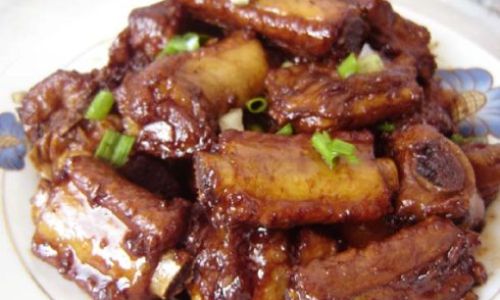
Blanching helps to tighten the meat’s texture and remove excess fats and impurities. Bring a pot of water to a boil, add a few slices of ginger and a splash of Shaoxing wine, then carefully drop in the riblets. Once the water returns to a boil, cook for about 3-4 minutes, skimming off any foam that rises to the surface. Remove the riblets with a slotted spoon and rinse them under cold water to stop the cooking process. Drain well.
Sautéing the Aromatics
Heat a large, heavy-bottomed pot or wok over medium-high heat and add a tablespoon of oil. Once hot, add the sliced ginger, crushed garlic, and a few whole scallions. Stir-fry until fragrant, about 30 seconds to 1 minute. Be careful not to let the garlic burn, as it will turn bitter.
Browning the Riblets
Increase the heat to high and add the riblets to the pot in a single layer, ensuring they are not overcrowded. Sear each side until golden brown, about 3-4 minutes per side. This step not only adds a delightful caramelized flavor but also helps to lock in juices. Remove the riblets temporarily if the pot becomes too crowded or if the aromatics start to burn.

Adding Seasonings and Broth
Once all the riblets are browned, return them to the pot. Pour in enough Shaoxing wine to coat the bottom of the pot and let it simmer for a minute, allowing the alcohol to evaporate and the flavors to meld. Add the light and dark soy sauces, a few pieces of rock sugar, star anise, cinnamon sticks, cloves, and Sichuan peppercorns. Stir to combine, then pour in enough stock or water to cover the riblets by about half. Bring the mixture to a boil.
Simmering and Braising
Reduce the heat to low, cover the pot, and let the riblets simmer gently. The cooking time can vary depending on the size and thickness of the riblets, but generally, they should be braised for about 45 minutes to an hour, or until the meat is tender and almost falling off the bone. If adding vegetables, do so after about 30 minutes of braising time.
Finishing Touches
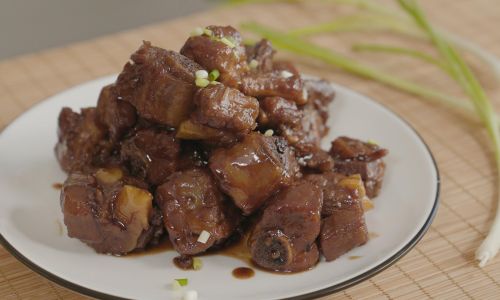
Check the seasoning halfway through cooking. The sauce should be flavorful yet not overly salty. Adjust with more soy sauce or a pinch of salt if necessary. If the sauce is too thin, remove the lid and let it reduce over medium heat. Conversely, if it’s too thick, add a little more stock or water.
Serving
Once the riblets are tender and the sauce has reached your desired consistency, turn off the heat. Transfer the riblets and vegetables (if used) to a serving dish, pouring over some of the braising sauce. Garnish with chopped scallions or fresh cilantro for a burst of color and freshness.
Conclusion
Braised pork riblets are a testament to the art of slow cooking, where patience and precision yield a dish that is as comforting as it is indulgent. By following this guide, you’ll be able to create a meal that brings together the essence of traditional Chinese flavors with modern cooking techniques. Whether you’re serving it as a family dinner or entertaining guests, this dish is sure to impress with its rich, multi-layered taste and tender texture. Enjoy the process, savor the flavors, and let the aroma of braised pork riblets fill your home with warmth and delight.
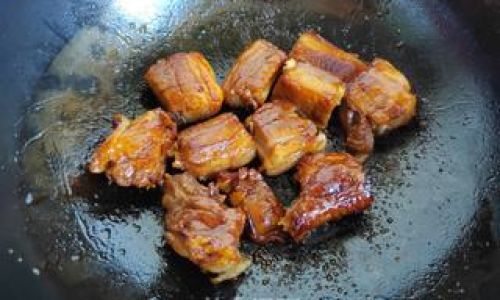
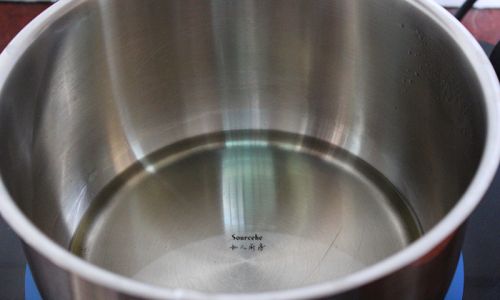
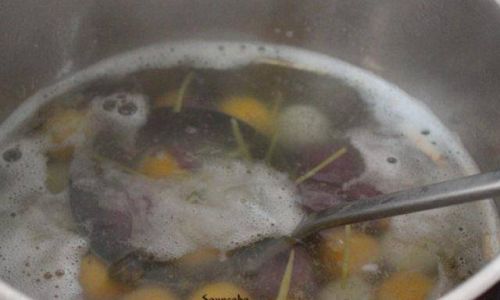

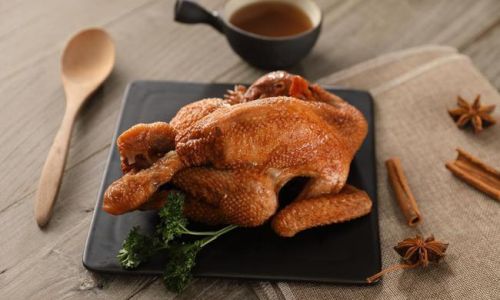

0 comments